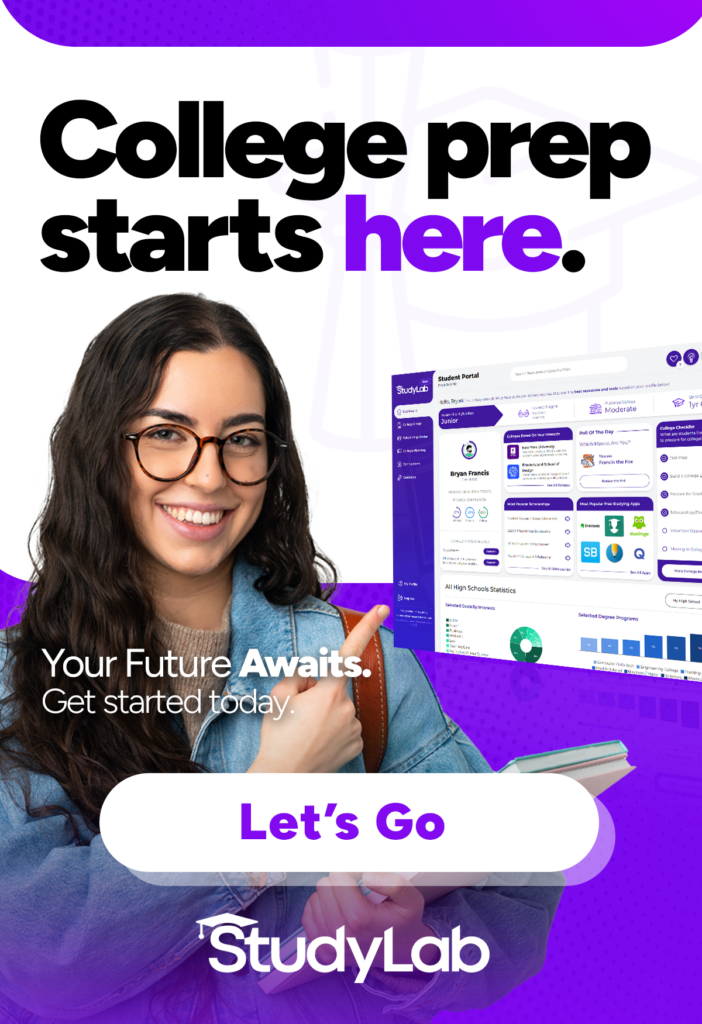The OECD’s Latest PISA Study Finds that Around the World, Reading Skills Are the Biggest Predictor of Smart Career Aspirations
The Organisation for Economic Co-operation and Development’s 2018 Programme for International Student Assessment (PISA) study tested 600,000 15-year-old students in 79 countries on reading, science and mathematics.
What did the OECD study find? One troubling finding was that during the last 10 years, students’ reading skills have not improved significantly in poorer countries, but only in countries that are increasing their spending on education. Those stronger countries include Canada, China, Estonia, Ireland, Finland and Singapore.
Troubling Findings about Career Aspirations
- A wide gender gap still exists – The study found that overall, girls and boys have very different career expectations. More than one in four high-performing boys reported they expect to work as engineers or scientists, compared to fewer than one in six high-performing girls.
- Girls are more likely to aspire to work in health professions – Almost one in three high-performing girls, but only one in eight high-performing boys, said they expect to work as health professionals.
- Overall, students’ career plans are unrealistic – Many younger students aspire to jobs that do not exist in the marketplace. Across all countries, many younger students still aspire to be sports stars, for example.
- Poor reading skills limit students’ career options – More than other skills, including mathematical skills, a lack of reading ability is the biggest factor that holds students back.
- Teachers, parents and environment shape students’ career aspirations – Overall, students are most apt to aspire to take the same jobs that they see being practiced where they grow up and live. In disadvantaged countries, those skills are apt to include manual professions and teaching.
Lessons for North American Teaching Professionals
Students in the United States and Canada, both advantaged countries, are apt to receive the kind of guidance that leads them to aspire to practicable careers and jobs. They also live in an economic climate where they can see individuals who are working in professions that are in demand.
Yet despite the fact that North American students possess those advantages, teachers and parents can still take steps to be sure younger students are planning to enter professions that promise employment. Some of those steps can include:
- Build reading skills and vocabularies that are tied to possible future professions.
- Early on, talk to students about viable future careers.
- As students enter their high school years, offer them internships and other experiences that introduce them to professionals and real-world working options.
- Combat stereotypes that certain jobs are more appropriate for men than for women.
- Educate parents, not only students, about the current job market and viable career choices for their children.
(Please note that the five recommendations just above were made by the editors of the Student Research Foundation, not by the researchers who conducted the PISA study.)
What Is Your Experience with High School Students?
Teachers, we invite all your students to explore their career options by participating in our career and college research studies. Students who complete the free career test for high school students will receive information on college and career opportunities matched to their interests.

